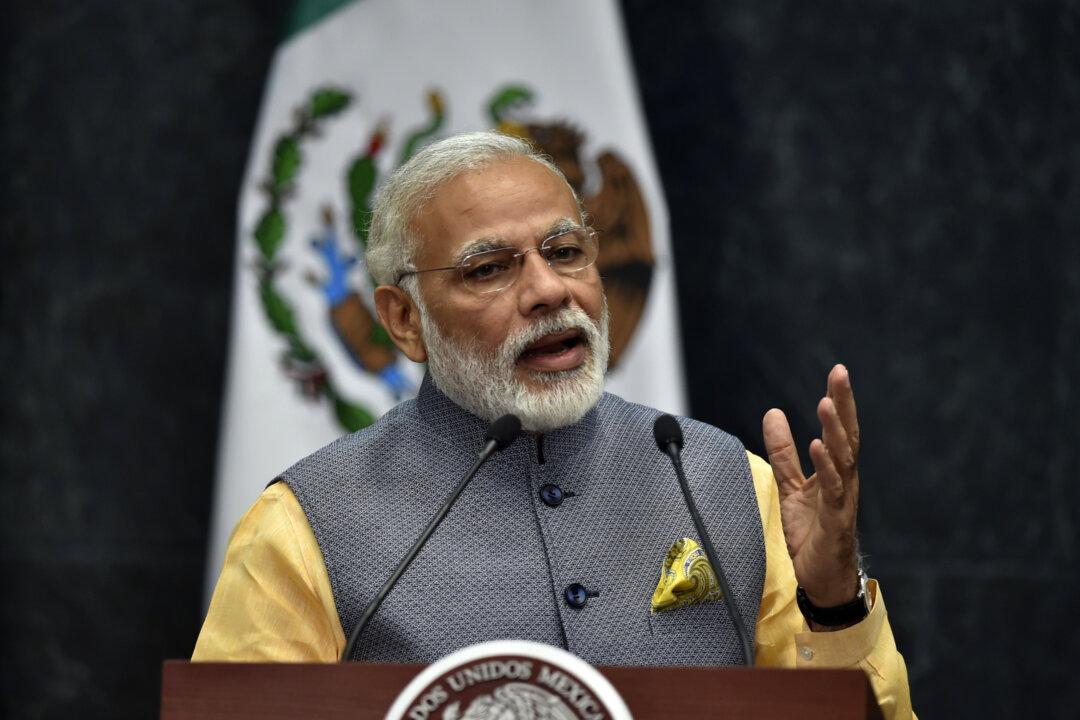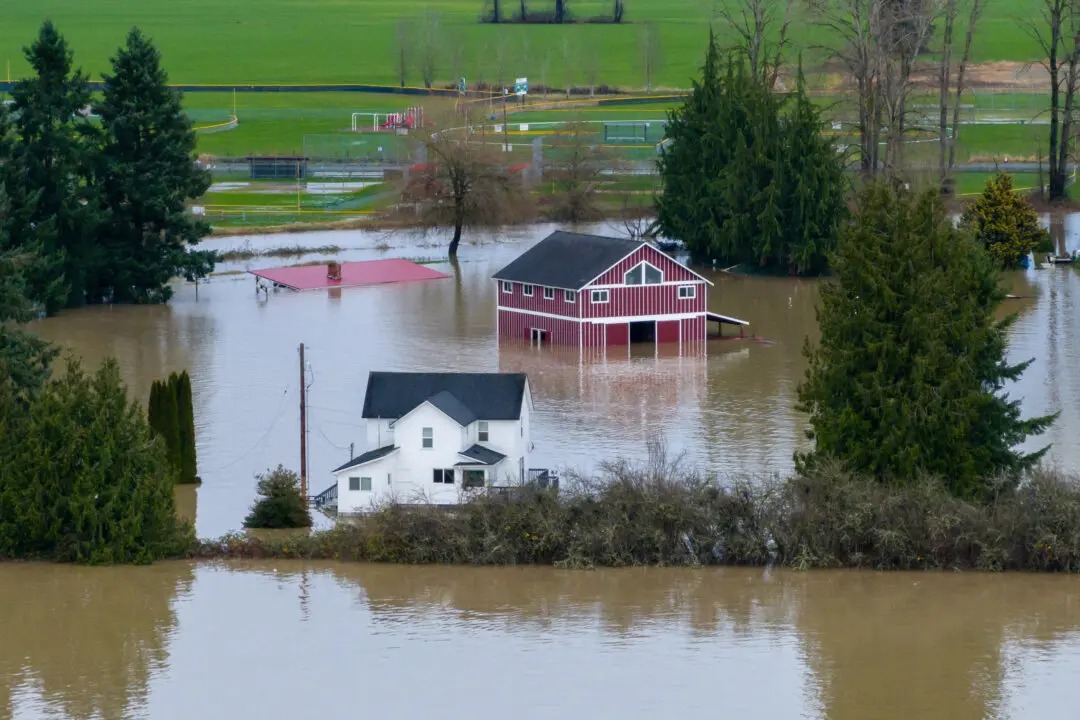NEW DELHI —Narendra Modi, India’s charismatic but polarizing prime minister, was headed May 23 for a landslide election victory, propelling his Hindu nationalist party to back-to-back majorities in parliament for the first time in decades.
With most of the votes counted, Modi’s stunning re-election mirrored a global trend of right-wing populists sweeping to victory, from the United States to Brazil to Italy, often on a platform promoting a tough stand on national security.





